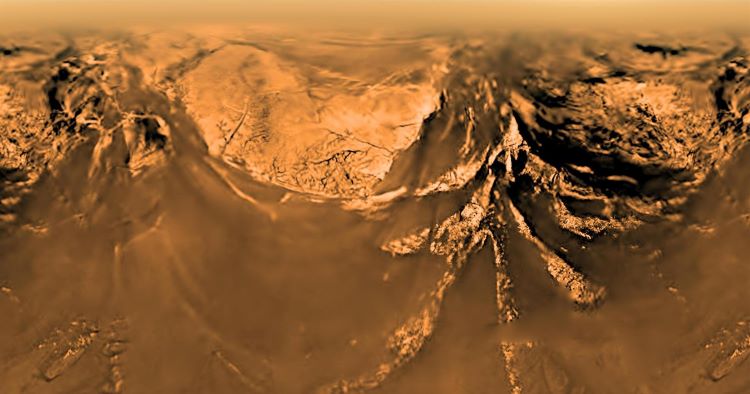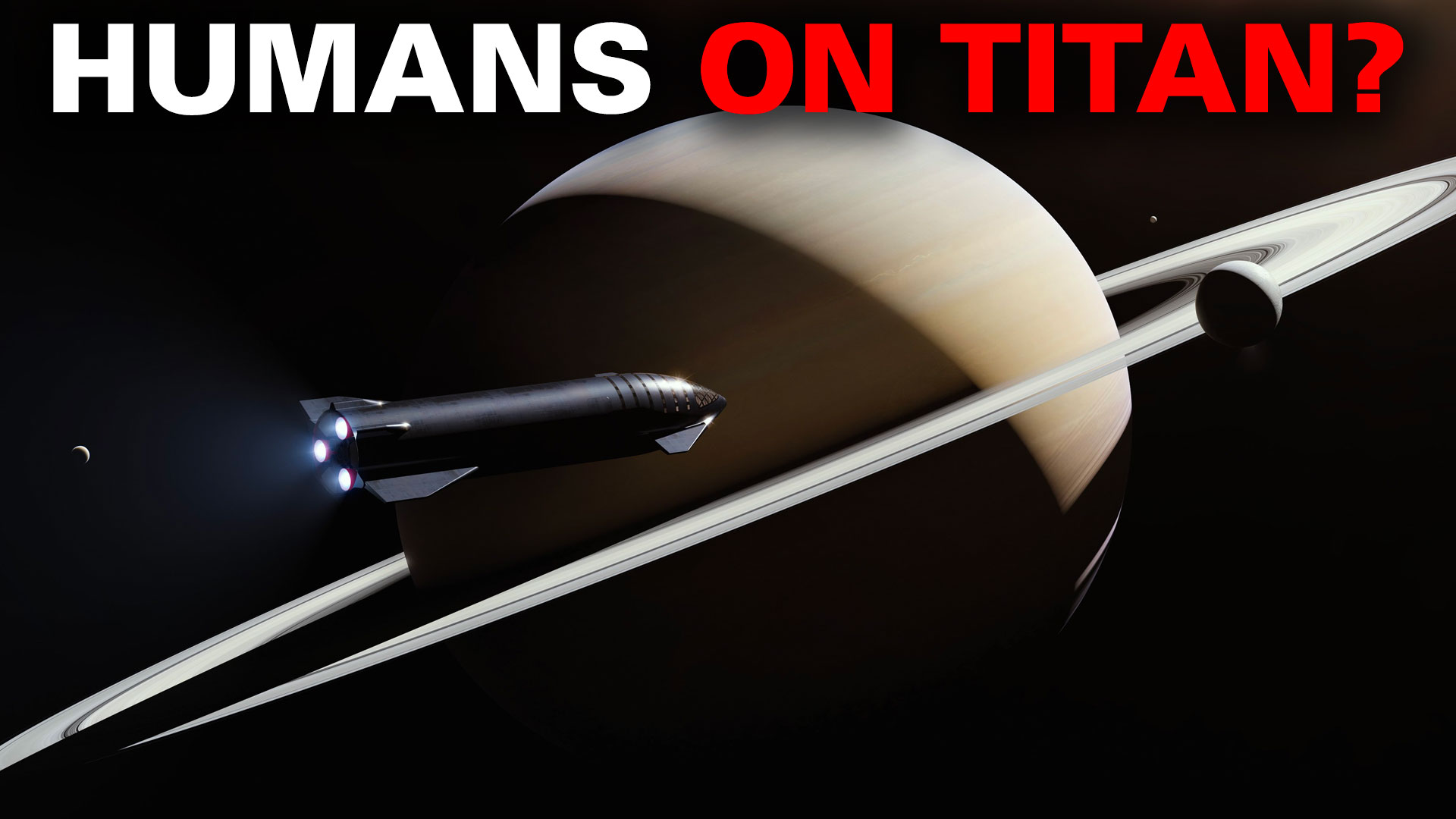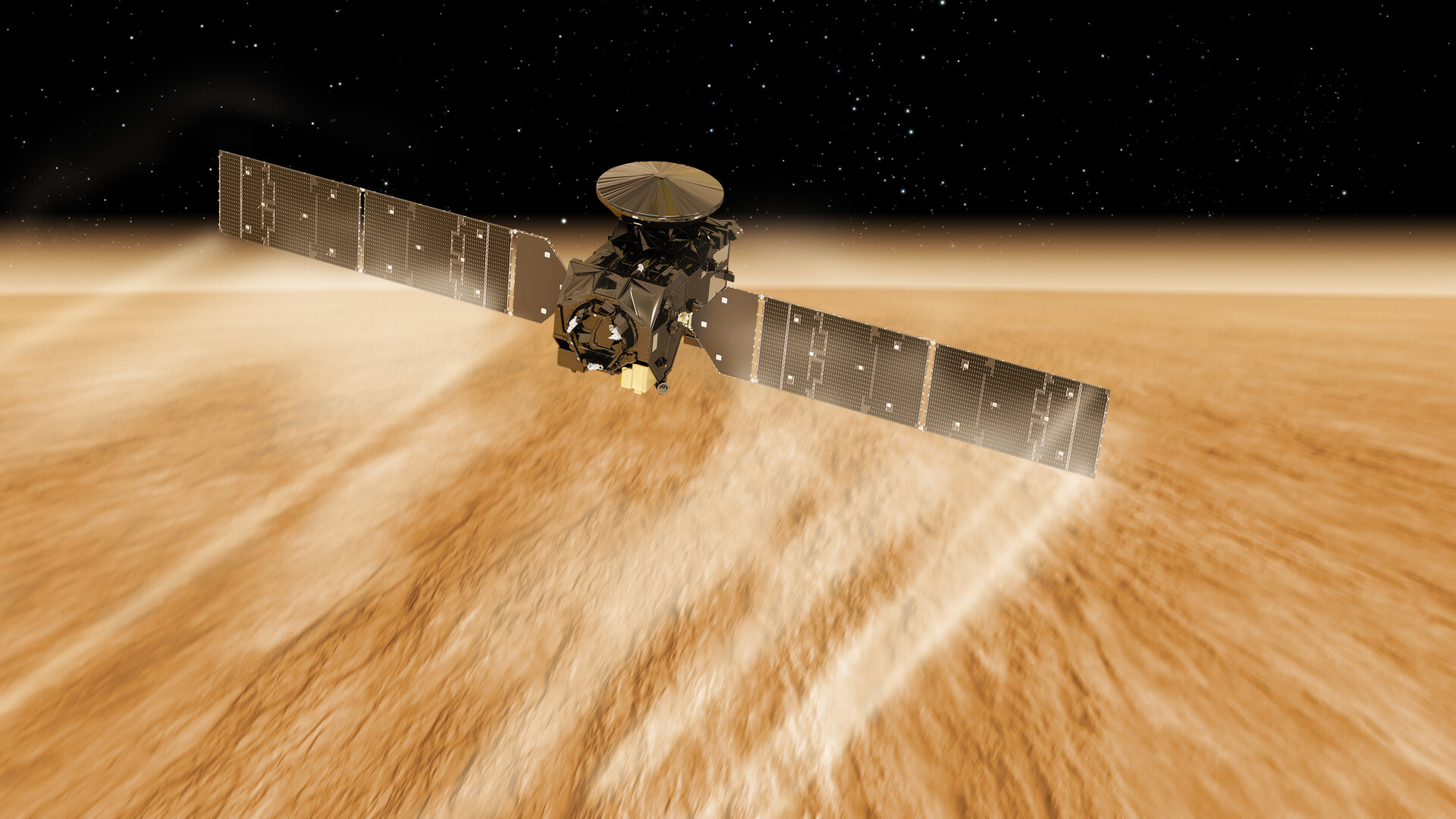NASA has given SpaceX the contract to launch the Dragonfly mission to Saturn’s moon Titan. A Falcon Heavy will send the rotorcraft and its lander on their way to Titan in 2028, if all goes according to plan, and the mission will arrive at Titan in 2034. Dragonfly is an astrobiology mission designed to measure the presence of different chemicals on the frigid moon.
Dragonfly will be the second craft to visit Titan, along with the Huygens probe and its short visit back in 2005.
Continue reading “Dragonfly is Going to Titan on a Falcon Heavy”









